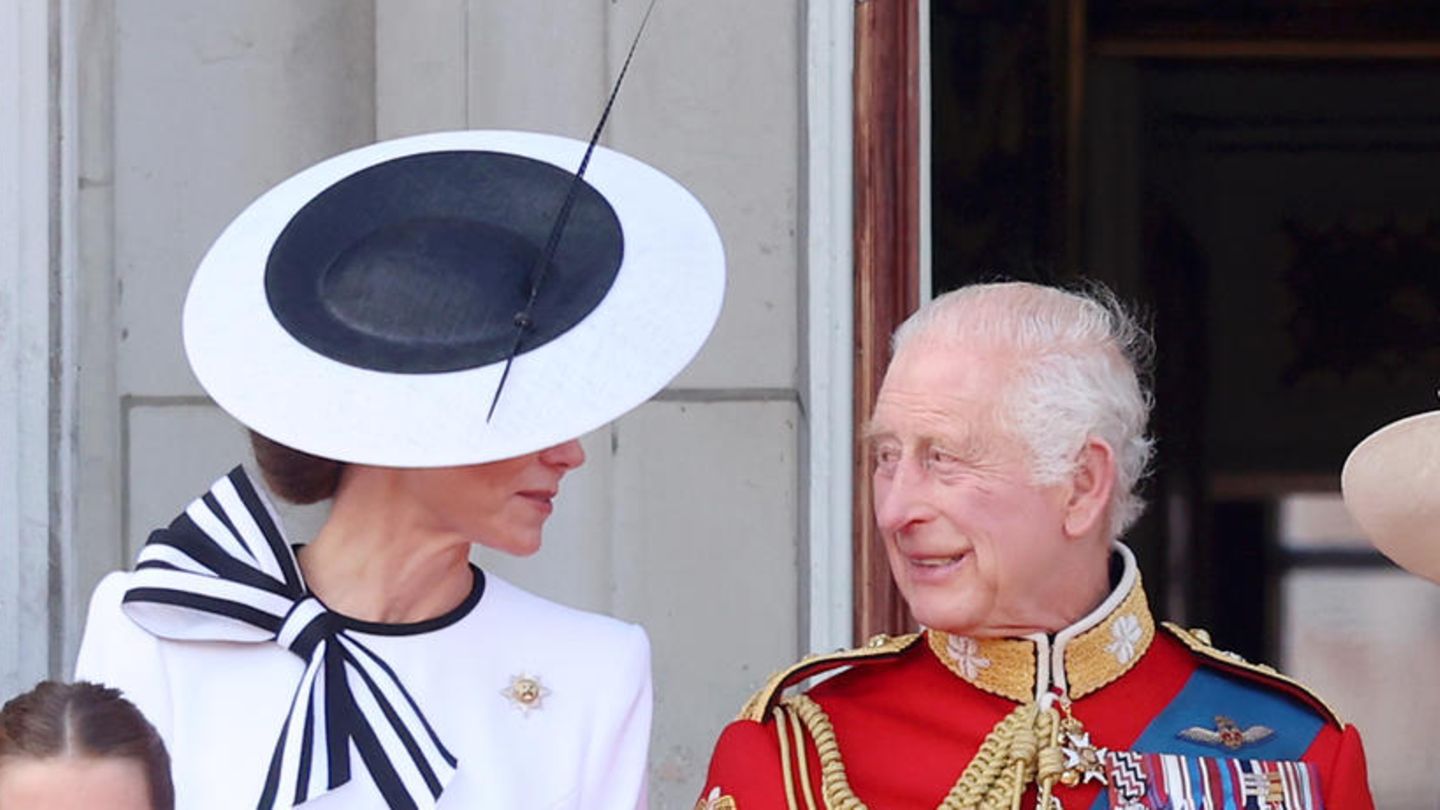More and more Chinese people communicate with the deceased using virtual avatars. A business model that the state knows how to expand.
Talk to the deceased: Anyone who has lost relatives or friends knows this wish – and Chinese companies are now turning it into money. They offer to revive the dead virtually using artificial intelligence (AI).
Shows like this have been around for a long time. Fabian Kretschmer, a freelance China correspondent, understands that the fact that this has now become such a buzz in China has something to do with falling prices. “A year or two ago, it was still a luxury. It cost the equivalent of several thousand francs.” Today, some providers offer this service for as little as 200 francs, Kretschmer says.
Chinese people who want to take advantage of the offer can commission companies to create an avatar of the deceased person. These then feed the program with information. These can be video recordings, audio clips or a written biography of the deceased. This then creates an avatar, or as Kretschmer calls it, a “deepfake.”
You have to believe in it strongly and have good faith.
At first glance, the avatars look authentic. “They can make gestures and you can have a conversation with them,” Kretschmer says. But: “Avatars are not always 100 percent authentic and they are not omniscient. You have to believe strongly in it and have good faith.”
According to Kretschmer, the fact that this model is particularly popular in China has to do with cultural affinity. “In China there is a memorial festival every year, where people go to the graves of the deceased, burn paper money or place fresh fruit in front of the graves.” At home, Chinese people also set up mourning altars with pictures of the deceased in order to communicate with them. The fact that you're no longer interacting with the image but with the digital avatar is a logical step, Kretschmer says.
Avatars as presenters and historical figures
In China, this technology, which comes from Chinese manufacturers, is welcomed and is already being expanded. “There are news channels, for example, that use digital avatars as moderators.” This way, you can replace presenters who don't speak enough English or who aren't willing to spread propaganda on TV, Kretschmer says.
The Chinese government realized early on how it could use this technology for its own purposes.
These avatars are also used in the education sector and dead philosophers and politicians are brought back to life. “Last year there was a TV series in which the Chinese scholar Confucius was put on stage with Karl Marx, the inventor of communism.” It's a clumsy propaganda series that caused a sensation, Kretschmer says. “The message of the series was that communism, as it lives in China, fits perfectly into the country’s cultural history.” This caused a lot of negative criticism. Especially since the historical figures did not appear authentic with their makeup and costumes.
“The Chinese government realized early on how it could use technology for its own purposes,” Kretschmer says. Its main goal is to control public opinion. But it is also an important economic factor: “There is a big race between the United States and China to see who is first in the field of artificial intelligence. And of course China wants to be a leader.”

“Tv specialist. Friendly web geek. Food scholar. Extreme coffee junkie.”







More Stories
No entry allowed!: An influencer causes a scandal by visiting a forbidden island
A piece of ice fell from the plane and almost killed the family
Lake Constance floods – Is a wave coming to the High Rhine?